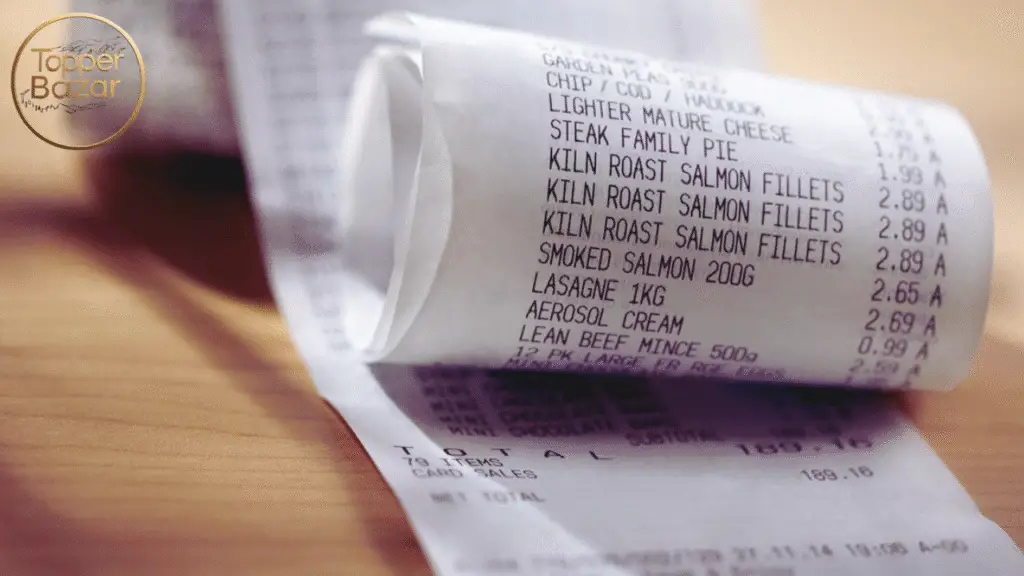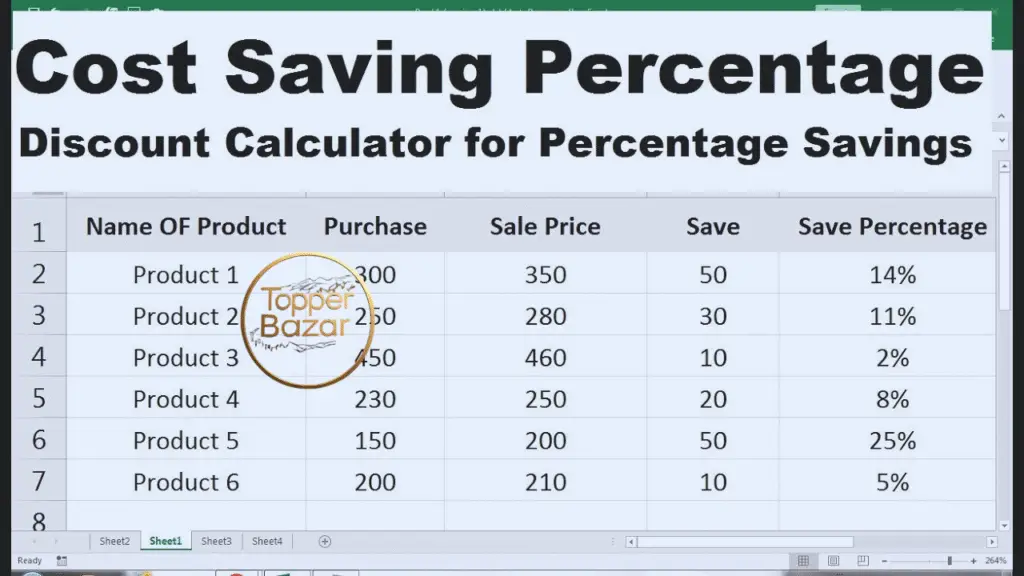Grocery Bill Calculator
A Grocery Bill Calculator is a simple yet powerful tool to help you manage your grocery expenses and take control of your personal finances. With grocery costs often eating up a significant chunk of household budgets—averaging $400–$800 monthly for U.S. families, per web sources—this calculator helps you estimate, track, and reduce spending. By aligning your grocery budget with your financial goals, it supports saving and investing for the future. This article explains what a grocery bill calculator is, how it works, its benefits, and practical tips to slash your grocery bill while maintaining a healthy diet.

Why Use a Grocery Bill Calculator?
Grocery spending can spiral without a plan, derailing your budget and limiting funds for savings or investments. A grocery bill calculator helps by:
- Setting a Budget: It estimates how much you should spend based on your income and household needs, ensuring you don’t overspend.
- Tracking Expenses: By comparing planned versus actual spending, you can spot habits like impulse buys or frequent takeout.
- Reducing Waste: Calculators help you buy only what you need, cutting the 30–40% food waste common in households, per web sources.
- Freeing Up Cash: Lower grocery bills mean more money for emergency funds, debt repayment, or investments like mutual funds.
- Saving Time: Pre-planning purchases streamlines shopping, reducing trips and temptation.
For example, cutting a $600 monthly grocery bill by 20% saves $120, or $1,440 annually—enough to start a high-yield savings account or contribute to a Roth IRA.
How Does a Grocery Bill Calculator Work?
Most grocery bill calculators require a few inputs to estimate costs:
- Household Size: Enter the number of adults and children, as larger families spend more (e.g., $400 for one person vs. $1,000 for four).
- Dietary Preferences: Specify if you’re vegetarian, vegan, or prefer organic foods, as these affect costs. For instance, plant-based diets are often 20–30% cheaper than meat-heavy ones.
- Shopping Frequency: Indicate how often you shop (weekly, biweekly) to project totals. Weekly shoppers may spend less per trip but risk impulse buys.
- Store Type: Some calculators adjust for store prices (e.g., Aldi vs. Whole Foods). Discount stores like Aldi can save 30–50%.
- Specific Items: Advanced calculators let you input items (e.g., milk, eggs) and quantities, using average or store-specific prices.
Steps to Use a Grocery Bill Calculator Effectively

- Choose a Trusted Tool: Use calculators from reputable sources like Omni Calculator, supermarket apps (e.g., Walmart, Coles), or budgeting apps like YNAB. Avoid tools requiring excessive personal data.
- Gather Data: Note your household size, typical grocery list, and monthly income. Check receipts or bank statements for past spending.
- Enter Accurate Inputs: Be honest about dietary habits and store preferences. Underestimating costs can skew results.
- Compare Stores: If the calculator allows, test prices at discount stores (Aldi, Lidl) versus premium ones (Whole Foods) to find savings.
- Track Actual Spending: After shopping, compare your receipts to the calculator’s estimate to refine your budget.
- Adjust Monthly: Update inputs as prices, income, or family size change to keep your budget realistic.
Benefits of a Grocery Bill Calculator
- Clarity: See exactly how much you’re spending and where (e.g., $100 on snacks vs. $50 on produce).
- Savings: Identify costly habits, like buying pre-cut produce, and switch to cheaper options, saving 10–20%.
- Goal Alignment: Free up cash for financial goals, like saving $1,000 for an emergency fund or investing $500 yearly.
- Waste Reduction: Plan purchases to use ingredients fully, cutting waste and costs.
- Time Efficiency: Streamline shopping with pre-calculated lists, reducing store time and impulse buys.
For instance, a Reddit user used a grocery calculator to cut their $500 bill to $300 by switching to Aldi and planning meals, saving $2,400 yearly for debt repayment.
Tips to Maximize Savings with a Grocery Bill Calculator

- Plan Meals: Use the calculator to budget for weekly meal plans based on sales or pantry staples. Apps like Budget Bytes offer cheap recipes.
- Shop Sales and Coupons: Input sale prices or stack coupons for items in your calculator to boost savings by 10–20%.
- Choose Store Brands: Calculators can compare name brands vs. generics, which are 20–50% cheaper.
- Try Plant-Based Meals: Adjust inputs to favor beans or lentils over meat, saving 20–30%.
- Use Cashback Apps: Pair with apps like Ibotta or Fetch Rewards for 5–10% extra savings, not always reflected in calculators.
- Limit Shopping Trips: Plan monthly or biweekly shops to reduce impulse buys, using the calculator to set a total budget.
- Track Waste: If you overspend, use the calculator to adjust portion sizes or buy less perishables.
How a Grocery Bill Calculator Supports Personal Finance
A grocery bill calculator aligns with personal finance and investing by promoting mindful spending. Reducing a $600 bill by 30% ($180) frees up $2,160 yearly, which can:
- Build an Emergency Fund: Save $1,000 in under 6 months for unexpected costs.
- Pay Off Debt: Clear a $2,000 credit card balance at 18% interest, saving $360+ in interest.
- Invest: Contribute $2,000 to a mutual fund, potentially growing to $5,000+ in 10 years at 7% return.
This discipline mirrors investing principles, prioritizing long-term gains over short-term spending.
Real-World Impact
Web sources highlight success stories. A user on The Kitchn used a grocery calculator to plan meals, switching to Aldi and generics, cutting their $400 bill to $200. Another from Reddit saved $150 monthly by using Coles’ app to track items and avoid impulse buys, redirecting savings to a high-yield savings account. These examples show calculators can drive significant savings when paired with action.




